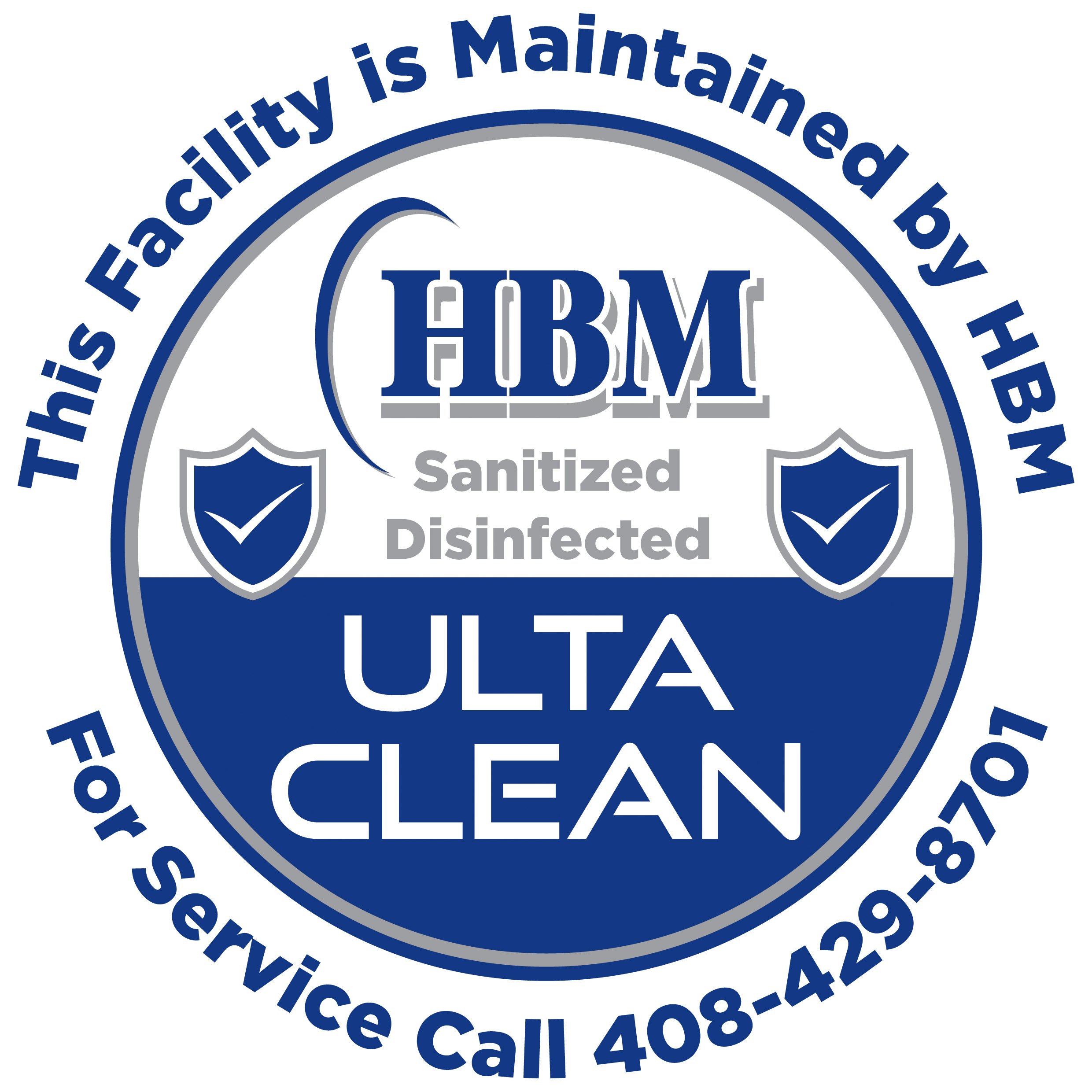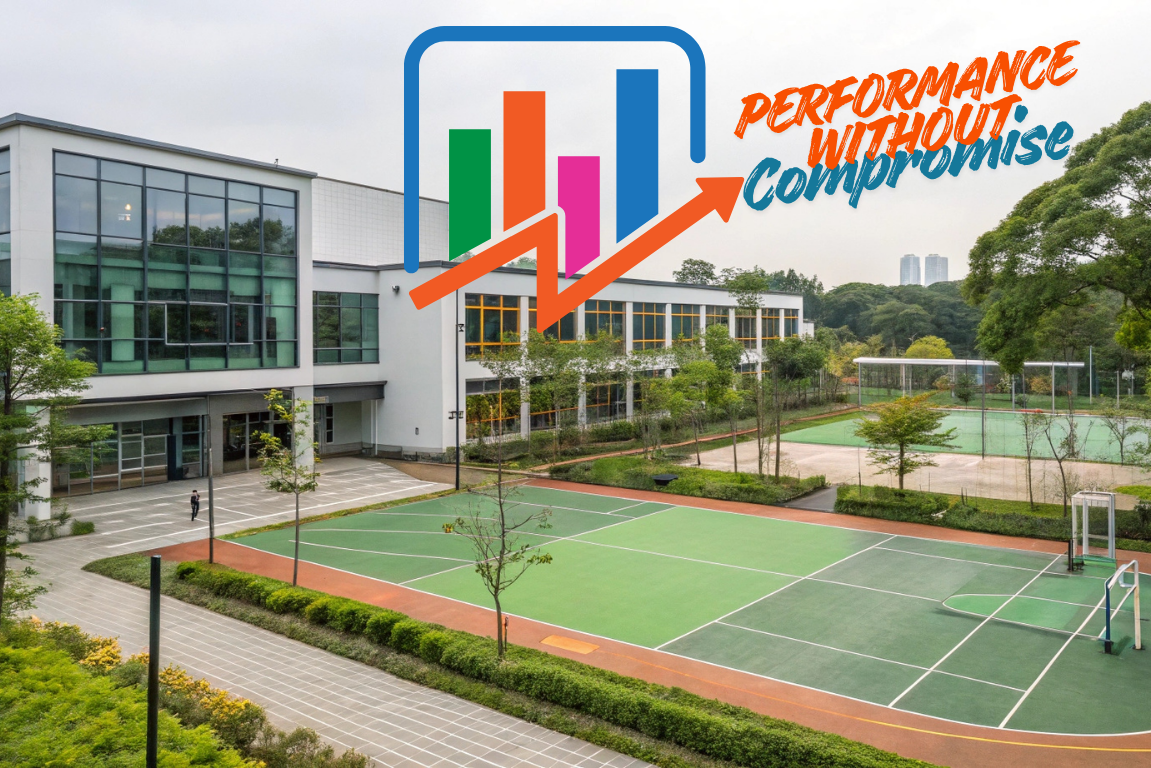The Cost of the Unknown: Why Audits Matter
You think your facilities team is running smoothly until a skilled maintenance tech is spending mornings mopping floors, and maintenance tickets go unanswered.
We recently conducted an operational audit at an independent school in California and uncovered a host of hidden inefficiencies. From overlapping responsibilities to misaligned staffing, we found inefficiencies that silently drain budgets, and unfortunately, aren’t unique to just this school.
This post will show you exactly how to evaluate your own facilities structure, highlight common pitfalls, and offer a clear path toward better alignment, smarter staffing, and stronger results that directly support a thriving learning environment.
Short on time?
You can skip ahead and still take action. Download our Facilities Audit Toolkit to get the core structure we use when evaluating independent school campuses.
Quick Snapshot: Before and After the Audit
Here’s a look at just a few changes that made an immediate impact on one California campus:

Even small changes in how roles are aligned can lead to major improvements in how your campus operates day to day for students, staff, and your bottom line.
What This Audit Revealed (And What Yours Might Too)
- Misallocated skilled labor led to costly delays and morale issues.
- Duplicated responsibilities between housekeeping and grounds teams.
- Lack of role clarity created confusion, inefficiencies, and coverage gaps.
- No clear maintenance prioritization, leading to reactive, not proactive, upkeep.
- Risk exposure due to unclear accountability for safety and after-hours coverage.
These inefficiencies ripple outward when critical repairs are delayed or staff are overstretched; it can affect classroom readiness, campus appearance, and even student and family satisfaction.
A Simple Audit Structure You Can Follow
Want to try this internally? Here’s a basic step-by-step:
- Inventory roles: List every facilities team member and their current duties.
- Map responsibilities: Identify overlaps, gaps, and off-role tasks.
- Evaluate time usage: How many hours are spent on duties outside primary roles?
- Prioritize impact: What’s being neglected that affects safety, compliance, or parent perception?
- Realign staffing: Based on the findings, reassign or restructure for efficiency.
- Implement solutions: Create an updated roles matrix and shift plan based on the audit findings.
- Track and adjust: Schedule quarterly check-ins to evaluate impact and make refinements as needed

Bonus Tip: Use coverage mapping to visually identify shift gaps across time blocks.
Want a tool to help get started? [Download the Facilities Audit Checklist] — it's the same structure we use when auditing school campuses across California.
The Hidden ROI School Leaders Care About
An audit isn’t just about tidying up job descriptions. It can:
- Uncover underutilized talent already on payroll
- Prevent overwork that leads to turnover
- Help schools avoid costly outsourced repairs by realigning internal talent
- Enable more accurate budgeting and capital planning
- Strengthen your school’s readiness for inspections or accreditation
- Improving campus appearance can influence enrollment during family tours, donor confidence, and staff morale
When implemented and followed through, these changes aren’t just operational; they’re transformative, creating ripple effects that benefit the entire school community.
Why Go At It Alone When You Don’t Have To?
Mapping roles, tracking duties, and building new frameworks takes time and objectivity, two things most in-house teams lack, especially due to school leadership already balancing competing priorities and limited bandwidth for an in-depth internal facilities audit.
Our team has conducted dozens of audits for independent schools across California, helping each one reduce waste, reassign labor for better impact, and uncover long-term cost savings.

See Your Team with Fresh Eyes
Most schools don’t need more staff. They need better alignment. If you haven’t done a facilities audit in the last 2–3 years, now’s the time.
Free Resource: Download the Facilities Audit Toolkit
Want to know what an audit would uncover at your school?
We’ll review your team’s structure and identify 3 opportunities that could improve your school’s operations.



.png?width=672&height=202&name=Pastel%20Beige%20Creative%20Minimal%20Quote%20LinkedIn%20Article%20Cover%20Image%20(1).png)

.jpg)


-1.png)
